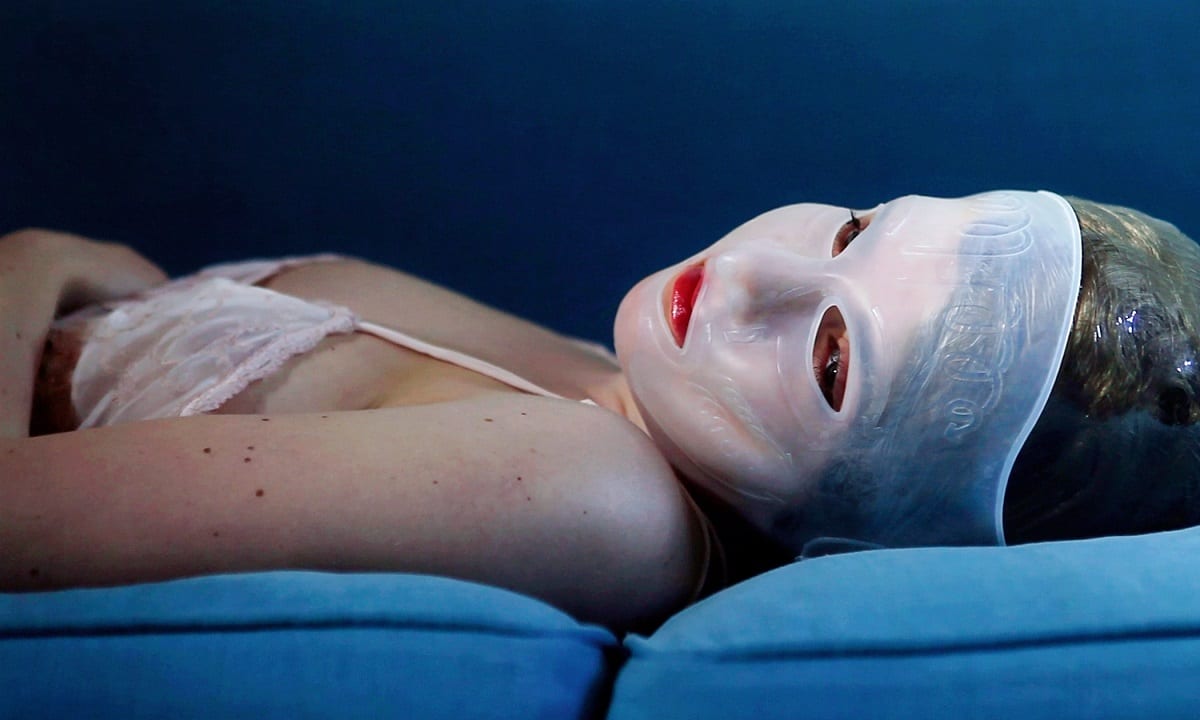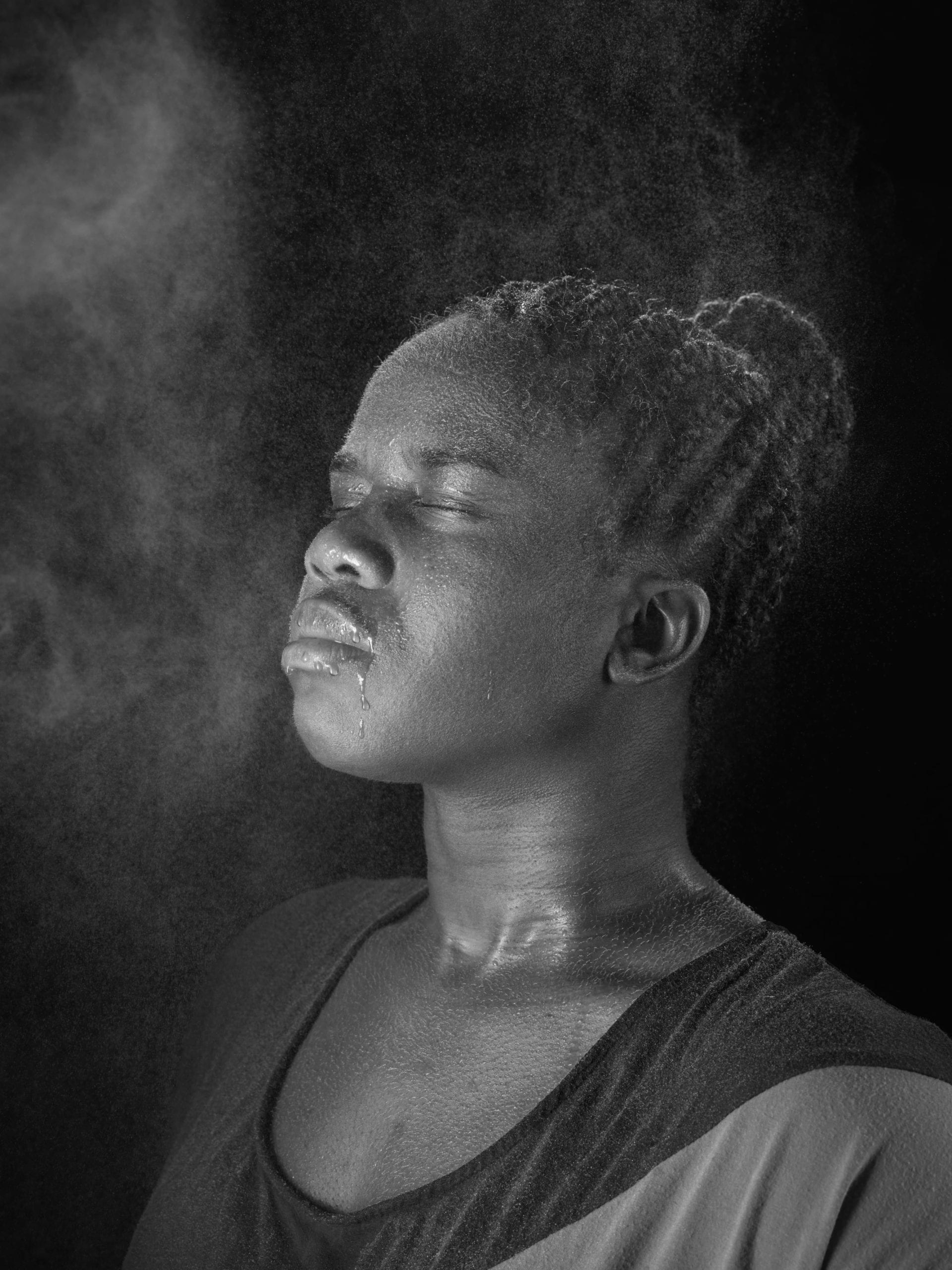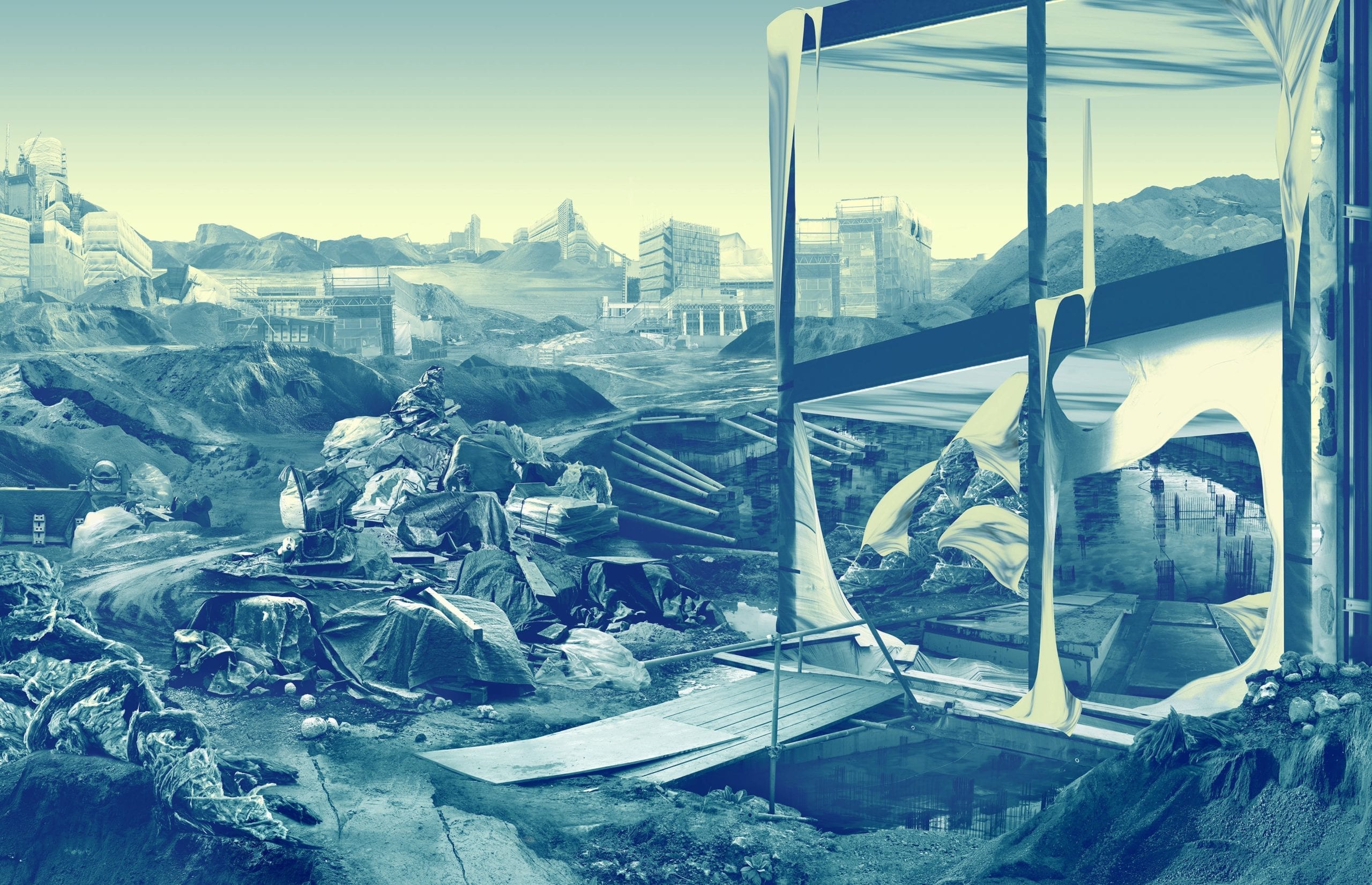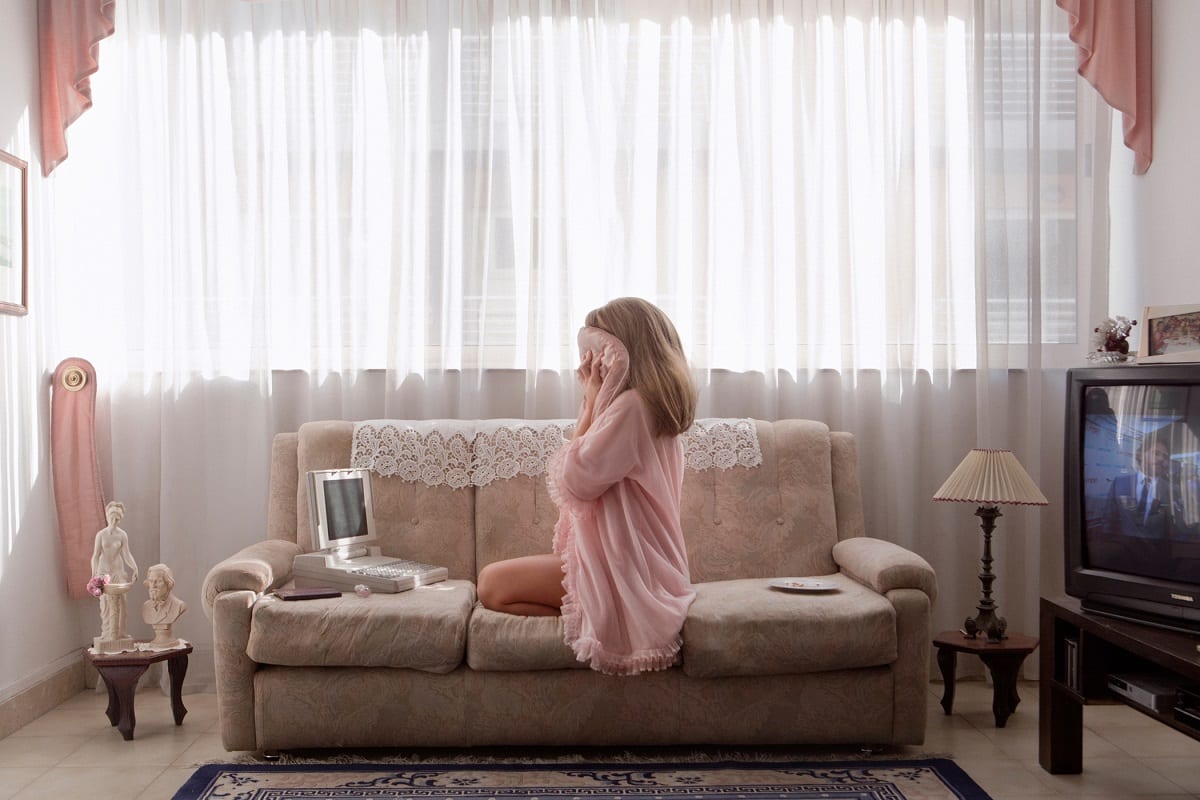Fiona Rogers has been at the heart of the photographic community for more than a decade. Currently Magnum’s Global Business Development Manager, she began working at the agency in 2005 and established its Global Education department one year later.
Throughout her career Rogers has championed the work of female photographers operating in, what is, a male dominated industry. In 2011, she established Firecracker, a platform supporting women in photography through showcasing their work, and hosting a series of ongoing events and networking opportunities. The organisation’s inaugural photographic grant has also enabled its recipients to complete long-term documentary photography projects. Roger recently co-authored a book with curator Max Houghton, Firecrackers: Female Photographers Now, celebrating the many talented women working in this medium.
With the deadline for the International Photography Award 2018 only a few weeks away, Rogers shares her insight into why it is so important to enter photography competitions and what she will be looking for from entrants.

I hear a lot of photographers talk about validation. Photography can be quite a daunting solo operation at times, particularly for younger photographers or those working on long term personal projects. Often photographers are so close to their subject, they can’t see the woods for the trees.
Grants and awards can provide a form of ‘third party approval’, providing practitioners with a boost in confidence, recognition and (sometimes!) funding to help facilitate work. The recognition and confidence that being selected for a grant or award affords is particularly important for emerging practitioners.
Why would you encourage photographers to apply to competitions?
Competitions can be a great way of inviting a little discipline into projects. The application process itself can encourage a better articulation of a project and provide photographers with an opportunity to consider their work more objectively.
It’s also important to ensure the competition is right for you as a photographer. If you like the work the judges do, or admire the winners of previous years, then being selected is going to feel much more significant.

I’m usually drawn to projects that show a deep level of commitment to the subject matter. Often my favourite series are those that are very long term, built over years, where the passage of time is visible through the work. Context, otherness and the gaze are also finally emerging as important subject-matter in our industry, and are becoming widely and welcomingly debated as a result.
Do you have any advice for this year’s entrants?
Get a second opinion about your application. We know that photographers are not always the best editors of their work, especially when it comes to projects that they really care about. Carefully consider what’s being asked of you: does your application really need 15 images if the message is stronger with 10? Take your time over written descriptions of your work to ensure that the edit you present is representative of your text and visa versa.

Again, I think it’s partly about recognition but also about providing an audience for the work. Not many artists, aside from Vivian Maier perhaps, make work purely as an internal exercise. Many are driven by social or humanitarian values, or want to convey a journalistic message. It’s important to be given the right platform to express that and exhibitions can be a good way of publicly engaging people – although certainly not the only way!
And finally, what are some of the strongest photography projects of recent years and why?
I’m a big fan of last year’s IPA winner Daniel Castro Garcia. I thought his winning project Foreigner showed a deeply innovative approach to what has been a widely covered topic; it possessed a deeper layer of integrity in that he developed close relationships with the individuals he met and collaborated with.
I also really admired Nothing’s in Vain by Emmanuelle Andrianjafy, who won the 2017 Mack First Book Prize. It was incredible to see such natural raw talent from someone so new to her practice.

